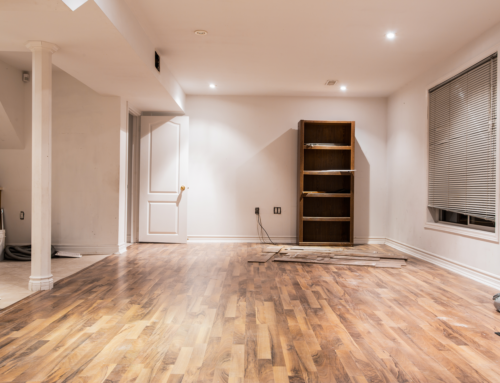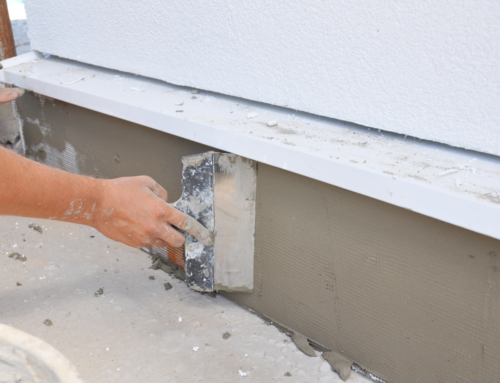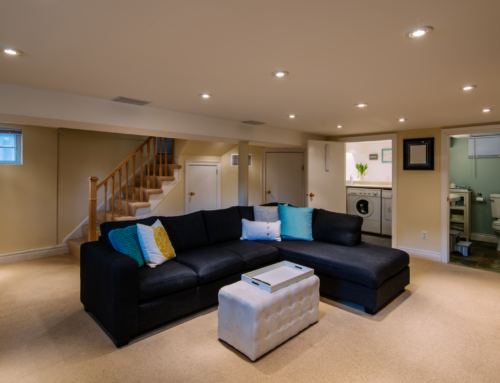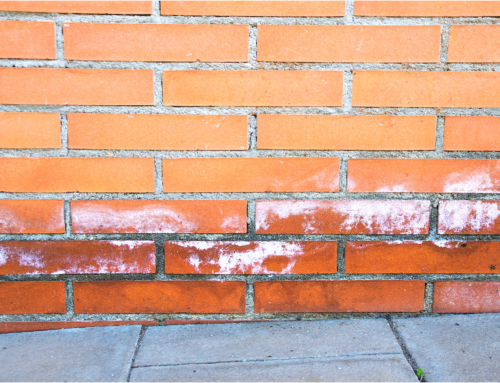When you’re a kid, the idea of your basement filling up with water so that it’s the equivalent of an indoor swimming pool is exciting. As an adult, it’s more of a fear. And, even if your basement doesn’t fill with water, leaks and small pools aren’t welcomed either. Overtime, build up of water can lead to toxic mold and foundation problems.
So, what do you do in order to waterproof your home? Well, “The International Building Code considers external water management and waterproofing the only acceptable method of preventing water-related structural damage to buildings.”
The good news is that we have three low-cost methods for waterproofing your home, and they might not be what you think.
1 – Gutters and Down Spouts
During a rainstorm, for every inch it rains, a roof with an area of 1,000 square feet will receive about 600 gallons worth of water. If your gutter system is inadequate, or you only have one down spout attached to a roof of this size, then all 600 gallons are either collecting around the base of your home or pooling into one area.
If your home has no gutters, over time, all of that water will wear away at the grass and soil between your home and its basement. While no house can be 100 percent waterproof, extra amounts of water will force its way into your home overtime.
Additionally, down spouts are important for dispersing water away from a home. For homes, it’s recommended that there is at least one down spout for every 600 to 800 square feet of roof area.
It’s also recommended that each of those down spouts — when possible — carry the water at least four feet away from the home to help it spread into the soil.
Repairing old gutters and/or adding extensions to down spouts usually cost under $100.
2 – Sloping Yards
Just because there’s 600 gallons of water hitting every 1,000 square feet of roof doesn’t mean that’s the only water collecting in your yard. Roughly the same amount of water is also hitting your yard.
Along with a good drainage system, having a yard that slopes away from the home will encourage the water to seep and spread throughout the soil, rather than saturate the areas around your home.
For the best natural yard drainage, the soil around your home should slope a total of six inches within the first four feet of your house — or 1.5 inches every foot. Too steep of a slope will quicken the erosion, and too shallow of a slope will slow the water drainage.
To increase the slope of your yard, use fill dirt, which is thicker and heavier than top soil. Apply it and pack it down until it’s solid. If you don’t do this, or if you use top soil, all of your efforts could be erased with the next heavy rainfall.
Depending on the soil you buy and the tools you already have at home, this project shouldn’t cost more than $100 to do, either.
3 – Seal Cracks
There’s a reason you caulk tiles in your bathroom and kitchen — to keep water from seeping through and causing more damage. Even if your home has good gutters, down spouts, and yard sloping, heavier rains will still produce ponding, and some of that water will find its way through cracks.
The pressure from the water and the leaking over time will increase these gaps and worsen the founding. Often, the more susceptible areas to leakage are darker than the surrounding foundation material.
Usually, your local hardware store offers sealants you can use for under $50. Of course, it’s always a good idea to have your basement inspected by a professional company just in case there’s more damage than meets the eye.







Leave A Comment